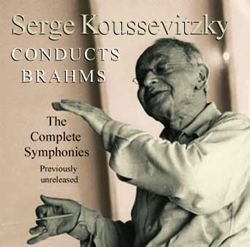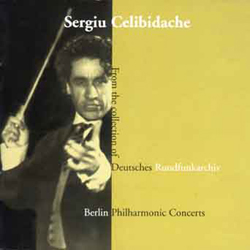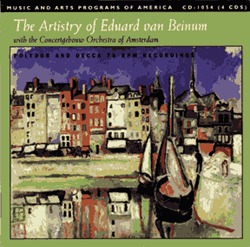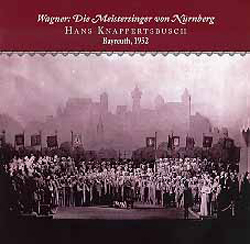Description
The second of Guido Cantelli’s New York Philharmonic-Symphony Sunday broadcasts of the 1952-53 season was originally to have begun with the Brahms Tragic Overture that had been played by the Philharmonic a week earlier at their concerts of March 5, 6 and 7. But stringencies of timing and a profusion of commercials necessitated the last minute substitution of a shorter composition, Verdi’s Overture to La Forza del Destino. It is interesting to hear the Verdi work filtered through the Philharmonic-Symphony’s darker, more rough-hewn tone and to discover that, with a different orchestra, the conductor’s splendid interpretation – very Toscaninian when played by the NBC Symphony (in Music& Arts set 1120), became more rhetorical and majestic.
The Arrau/Cantelli collaboration in the Liszt A major Concerto is a complete success. Arrau was always a distinguished Lisztian, and his virtuosity was in prime condition at this particular juncture (as a matter of fact, the Chilean pianist had made his legendary Columbia recording of the Liszt First with Ormandy and his Philadelphians the year before in a single, unedited “take”) it was reissued on CD in the SONY/Heritage series. Cantelli was attentive to the music’s opportunities for touching lyricism, and that Arrau, subconsciously or not, was caught up in the persuasive orchestral framework (a framework graced by the sensually expressive solos of the fine principal cellist Laszlo Varga and Cantelli’s ardent sincerity). What we have here is a Liszt A major worthy of comparison with the legendary Richter/Kondrashin recording of ten years later.
The Debussy and Ravel works of this concert’s second half vividly evoke Maestro Cantelli’s brilliance and genius in two particularly incandescent moments of glory. There are some who tend to disparage Debussy’s incidental music for Gabriele d’Annunzio’s 1911 play as “pretty wan, feeble stuff” but for some reason or other, Cantelli was mesmerized by its potential opportunities for evocative magic and kept returning to it. This version with the Philharmonic-Symphony may well be the most potent of his several recordings_thanks to the impactful immediacy of the splendidly miked Carnegie Hall sound and the dark color and physicality of the orchestra’s style.
And this account of Ravel’s Daphnis et Chloe Suite No. 2 seriously rivals the magnificent Philharmonia studio recording for the expansive breadth of its Daybreak (with the triangles ringing through its final chord!), the flexibility of its pantomime (John Wummer’s flute solo is ravishing), and for the marvelous rhythmic swirl and excitement of the Danse General (which is, if anything, even more thrusting and dynamic with the added voltage of a thrilled audience.)
CD-1140(1) GUIDO CANTELLI. THE COMPLETE 15 MARCH 1953 NEW YORK CONCERT. Verdi: Forza overture; Liszt: Piano Concerto No. 2 (Claudio Arrau); Debussy: The Martyrdom of St. Sebastien (exc.); Ravel: Daphnis and Chloe — Suite No. 2. Premiere release. Total Time 66:41. [AAD] Technical reconstruction (2004): Aaron Z. Snyder; liner notes: Harris Goldsmith. UPC #17685-11402.








Reviews
There are no reviews yet.